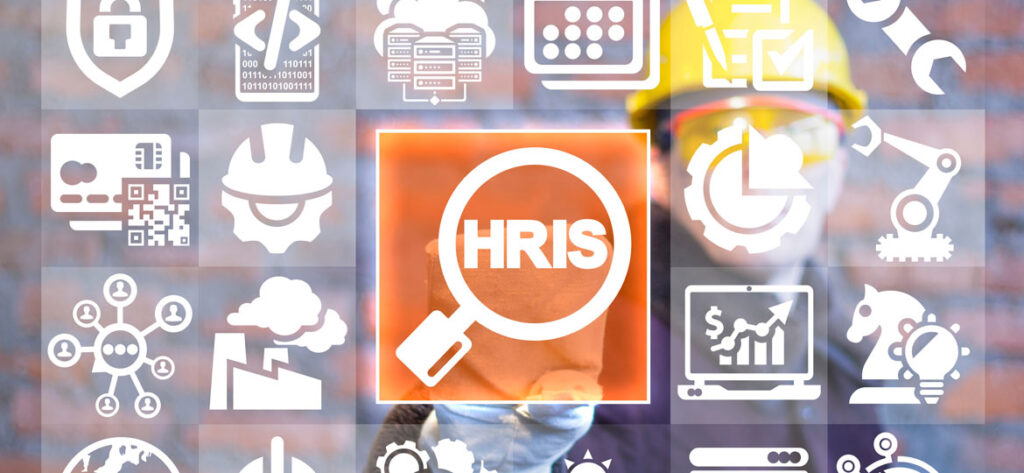HRIS software refers to a comprehensive framework outlined to streamline and computerize different human asset administration forms inside an organization. It serves as a centralized database for putting away, overseeing, and analyzing employee-related information and data. The primary purpose of HRIS software is to facilitate efficient HR operations by digitizing and automating routine administrative tasks, such as employee data management, payroll processing, benefits administration, time and attendance tracking, recruitment, performance management, training, and reporting.

Core Functions of HRIS Software
-
- Employee information management
- Payroll processing
- Time and attendance tracking
- Benefits administration
- Recruitment and applicant tracking
- Performance management
- Training and development
- Reporting and analytics
Benefits of HRIS
-
- Increased efficiency and productivity
- Improved accuracy and compliance
- Enhanced data security
- Better decision-making through analytics
- Cost savings
- Employee self-service options
- Streamlined communication
Implementation Process
-
- Needs assessment and system selection
- Planning and preparation
- Data migration and integration
- Training and user adoption
- Testing and evaluation
- Go-live and ongoing support
Challenges and Considerations
-
- Integration with existing systems
- Data privacy and security concerns
- User adoption and training
- Customization vs. standardization
- Vendor selection and cost considerations
Future Trends in HRIS Software
-
- Artificial intelligence and machine learning
- Predictive analytics for workforce planning
- Mobile optimization and remote access
- Integration with other business functions (e.g., finance, operations)
- Focus on employee experience and engagement
Conclusion
-
- Recap key points about HRIS Software
- Emphasize its importance in modern HR management
- Discuss its potential impact on future workplaces
FAQs
- What is HRIS, and how does it differ from other HR software?
- Explanation: HRIS (Human Resource Information System) is a software solution that centralizes and automates various HR processes, such as employee data management, payroll processing, benefits administration, and recruitment. Unlike standalone HR software applications that focus on specific HR functions (e.g., payroll software, applicant tracking systems), HRIS integrates multiple HR functions into a unified platform, providing a comprehensive solution for managing all aspects of human resources within an organization.
- What are the primary benefits of implementing an HRIS in an organization?
- Explanation: Implementing an HRIS offers several benefits, including increased efficiency, improved accuracy, enhanced compliance, better decision-making through data analytics, cost savings, streamlined communication, and improved employee experience through self-service options.
- How much does it cost to implement an HRIS, and what factors influence the cost?
- Explanation: The cost of implementing an HRIS varies depending on factors such as the size of the organization, the scope of functionality required, the vendor selected, customization needs, training requirements, and ongoing support. Costs may include software licensing fees, implementation services, data migration, training, and maintenance.
- How long does it typically take to implement an HRIS system?
- Explanation: The implementation timeline for an HRIS system can vary based on factors such as the complexity of the system, the size of the organization, the readiness of data for migration, and the level of customization required. On average, implementation can take several weeks to several months, with larger organizations or those with more complex requirements taking longer to fully implement the system